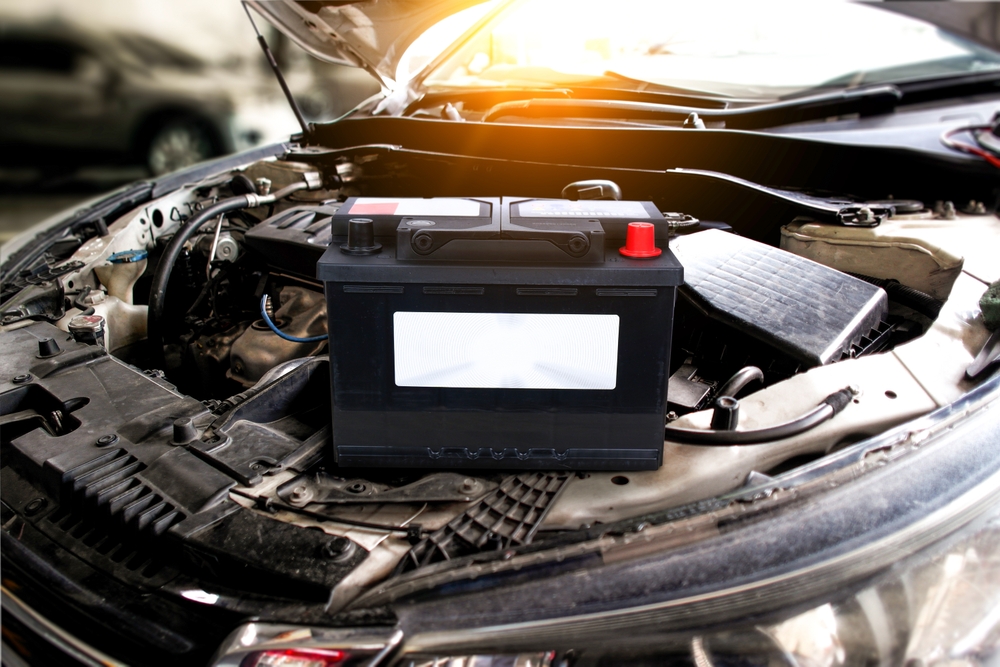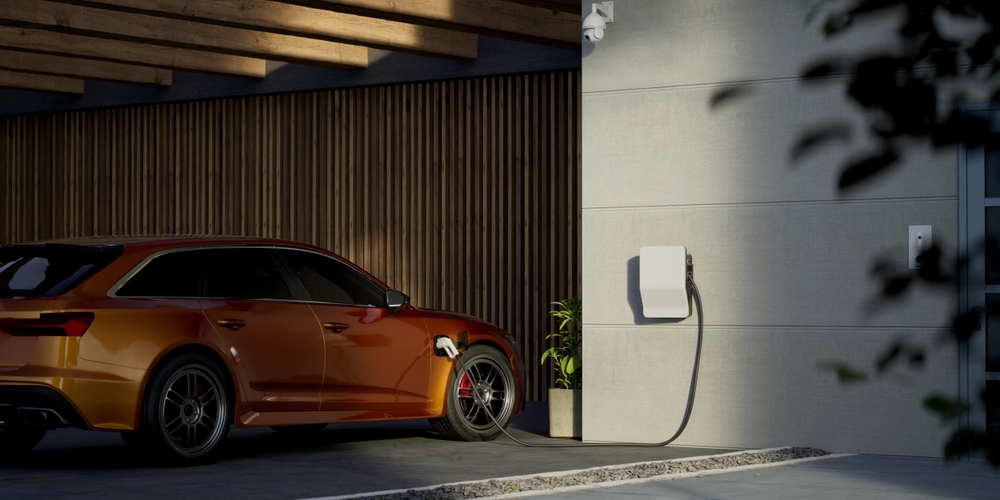Battery charging time is essential knowledge in the palm of car maintenance and safety on highways. In the case of a dead battery or one under maintenance, proper charging methods and times can immensely aid in extending battery life and thereby avoid such situations from arising.
Factors That Influence Car Battery Charging Time
Many factors influence the charging time of a car battery, including:
- Battery size and capacity are measured in amp-hours
- Current state of discharge: how well the battery is discharged
- Type and amperage output of the charger
- Condition and age of the battery
- Temperature of the environment
Each of these factors plays an important role in the overall charging time. Knowing these factors surely makes battery maintenance much more efficient.
Different Charger Types and Their Impact on Charging Time
Trickle Chargers
Trickle chargers are low-current devices made to maintain the battery over a prolonged period. Normally, making approximately 1-2 amps, they can take 24 to 48 hours to charge a dead battery fully. These are the best for maintenance for seasonal vehicles, such as motorcycles, classic cars, or boats.
Smart Chargers
Smart chargers work by increasing or decreasing the charge rate depending on the condition of the battery. They usually operate in the range of 2 to 10 amperes, giving a gentler charge, which is more conducive to battery life. A dead battery may be fully charged in 6 to 12 hours, using a smart charger.
Fast Chargers
Fast chargers can supply very high amperages-usually 15 amps or more-and recharge batteries in as little as one to two hours. But fast charging will generate heat and potentially damage a battery by overuse or insufficient monitoring. Fast Charging. If one looks at fast chargers, they supply loads of high amperage-usually 15 amps or above-and recharge batteries in as little as an hour up to two hours. But fast charging will generate heat and possibly damage a battery through either overuse or improper supervision.
Jump Starters and Emergency Chargers
Jump starters are used when turning on a car immediately, but they do not charge the battery. Mobile battery solar compact units can give a fast but low-power charge of several minutes to a couple of hours to start an engine.
Battery Capacity and Its Role in Charging Duration
Batteries for cars hold a wide range of capacities. They are as follows:-
- Small car batteries from 40 to 60 amp-hours.
- Standard car batteries range from 50 to 70 amp-hours.
- Large SUV or truck batteries from 70 to 100 amp-hours.
For example, charging a 50-amp-hour battery with a 10-amp charger from dead will take around 5 hours. The empirical rule in estimating charging time is as follows:
Charging Time (hours) = Battery Capacity (Ah) ÷ Charger Output (A)
One must remember that charging time in the real world takes 80-90 per cent of its time due to efficiency, so charging times become a little longer in practicality.
How Long Does It Take to Charge a Completely Dead Car Battery?
Charging a dead battery mainly depends on the current flow of the charger:
- Low amps from 24-36 hours.
- Medium amps from 4-8 hours.
- Heavy-duty for 2-4 hours.
Moreover, it is important to find out if the battery is just dead or has suffered irreversible damage. Repeated deep discharges might cause the battery to become sulfated, and this might lead to increased charging time or possibly total failure.
How Long Does It Take to Charge a Car Battery While Driving?
While a car is in motion, the alternator charges the battery. On average, about 30 minutes on the highway is all it takes to replace the energy consumed on starting; if the battery were drained quite significantly, several hours of driving may be needed for full recharging. Short trips do not recharge the battery, which slowly discharges. For best health, he maintains his car on long drives at intervals to look after his battery.
How to Safely Charge a Car Battery
It is essential to select the correct charger: Choose a charger that matches the output of the battery with the appropriate charging capacity.
Examine the battery: Check for cracks, leaks, or bulges.
Connect it properly: The very first terminal connection required is to attach the positive (red) side of the power source and attach the negative (black) to the terminal.
Air charge: To keep ignitable fumes from forming, you must do this in an open place.
Charge Presence: It must be either supervised closely or use a charging system with some sort of automatic shutoff feature.
No overcharging: If the system is left on too long, it will tend to overheat and damage the battery.
Safety is paramount in any case when handling such electrical systems.
Signs That a Car Battery Needs Charging
If you recognise the indicators of a saccharine battery, it may save you unwanted hiccups:
- Sluggish engine cranking
- Dim headlights
- Malfunctioning electrical accessories
- Dashboard warning light
- A clicking sound when trying to start the car
If any of the above occur, check for charge level using either a voltmeter or battery analyser.
How Often Should You Charge Your Car Battery?
Under normal circumstances, modern alternators will keep a battery charged without any external charging source. They should be rated as follows, and that means for cars that:
- Remain stored for a long time
- Driven erratically
- Driving short distances on most occasions.
It is good to attach a trickle or smart charger now and then, about every few weeks, to maintain the proper level of charge.
Tips to Reduce Car Battery Charging Time
- Use a charger that can supply a higher current while also allowing compatibility.
- Keep terminals clean to ensure necessary conditions for electrical contact.
- Maintain electrolyte levels in lead-acid batteries.
- Store batteries at mild temperatures to avoid deterioration.
- Invest in a good smart charger capable of optimising charging phases.
Following these tips will considerably minimise the charging time and the likelihood of battery failure.
Conclusion
The process of charging a car battery involves different variables like the type of charger, battery capacity, and battery health. There are many ways to charge the battery, including the use of trickle-chargers overnight and high-amp quick chargers. Knowing the differences makes it reliable and efficient to use the battery. Regular maintenance and mindful charging practices will completely increase the life of your car battery so that it can keep you safe on the road.


